PURPOSE This study examined how consumers' visual attention to ads during eSports media consumption varies over time. METHODS An experimental study with a single factor, three-level within subject experimental design was conducted, utilizing an eye-tracker to measure visual attentions, including fixation count and duration. Seventy-eight students from a national university in city B participated in the experiment. A repeated measures ANOVA was conducted using the open-source statistical program R to test the research hypothesis. RESULTS Both the fixation count and duration were highest for the first ad and then gradually decreased for the second and third ad. CONCLUSIONS It is recommended that eSports sponsors should consider differentiating ad pricing based on the order of exposure, then expose the first ad presented more frequently and for extended periods, and consider different shapes, colors, and movements to prevent adaptation to the initial allocation of attention.

The purpose of this research was to investigate the difference in decision making and perceived eye-focus location on peripheral vision and attacker's expertise in basketball tactical game. A total of twenty four subjects who were expert guard players (n=8), expert basketball center players (n=8), and novices (n=8), participated in this experiment. All subjects participated two tasks. The first task was to anticipate the attack direction after viewing a sequence of basketball tactic film. These films simulated three situations including offensive patterns. The three situations were consist of 3, 6, 9 degree peripheral vision. The second task was to express the level of confidence on their anticipation and to verbalize the perceived visual cues immediately after responding. For this research, an Eyelink eye movement system, an equipment for measuring anticipating, basketball tactic film were used. The variables on anticipation of attack direction were speed, accuracy, and the level of confidence. The acquiring process of advanced visual cues was examined through analyzing visual search strategies and perceived eye-focus location. In order to examine the difference in visual search, in decision making, and in perceived eye-focus locations as a function of expertise, data were analyzed through descriptive statistics, two-way ANOVA, and two-way MANOVA. This research had the following results. First, there was a significant difference on the search rate among the three groups. But, on the other hand, expert guard and center exhibited more fixations of shorter duration than the novices in the 6 and 9 degree condition. Second, results from the ratio of fixation time allotted to areas in the 3 degree condition revealed that experts spent more time fixating the ball-attacker(BA) than novices. The results from the ratio of fixation time allotted to areas in the 6 and 9 degree condition revealed that expert guard and center spent more time fixating the non-ball attacker(NBA) than novices. Expert guard also fixated longer on the pass attacker(PA) and meaning space(MS) than novices. Finally, experts paid attention to two or three locations simultaneously, whereas novices did to only one location such as the ball, attacker, defender, non-meaning space in all condition.

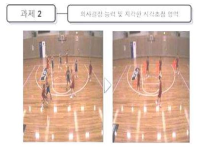
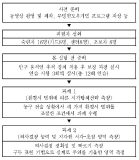
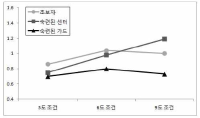

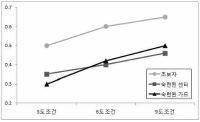

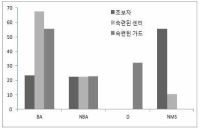
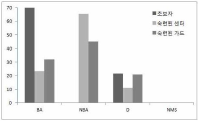
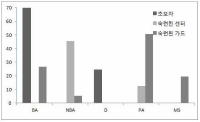
Purpose The purpose of this study is to identify why and how sports docudrama is one of the unique objects for the scholarship of sport history. Methods As a review study, this paper pays attention to, collects, and critically reviews three dimensions of the literatures: 1) ones that claim and argue for a-historicity of historical sport films by pointing out how they are full of actual errors, mistakes, and misrepresentation, and why they are problematic, 2) ones that belong to so called ‘the study of docudrama’ with specific focus on the themes of definition, mode of representation, and cultural memory, and 3) ones that attempt to envision the possibility of visual history or filmic history from the perspective of historiography and some other epistemological issues. Results Following the above review method, the result of this paper is also divided into three parts: 1) how sport historians respond to and criticize historical sport films from the sense based on the modern historiography, 2) how a group of historians argue why historical sport films can be one of the promising way of doing histories, 3) review of the study of docudrama, focusing on what is docudrama, why it can be a mode of representation, and how it resonates to cultural memory. Conclusions As a conclusion, this paper argues that a more collectively academic concerns to sport docudrama paves way for developing and envisioning the scholarship of sport history.